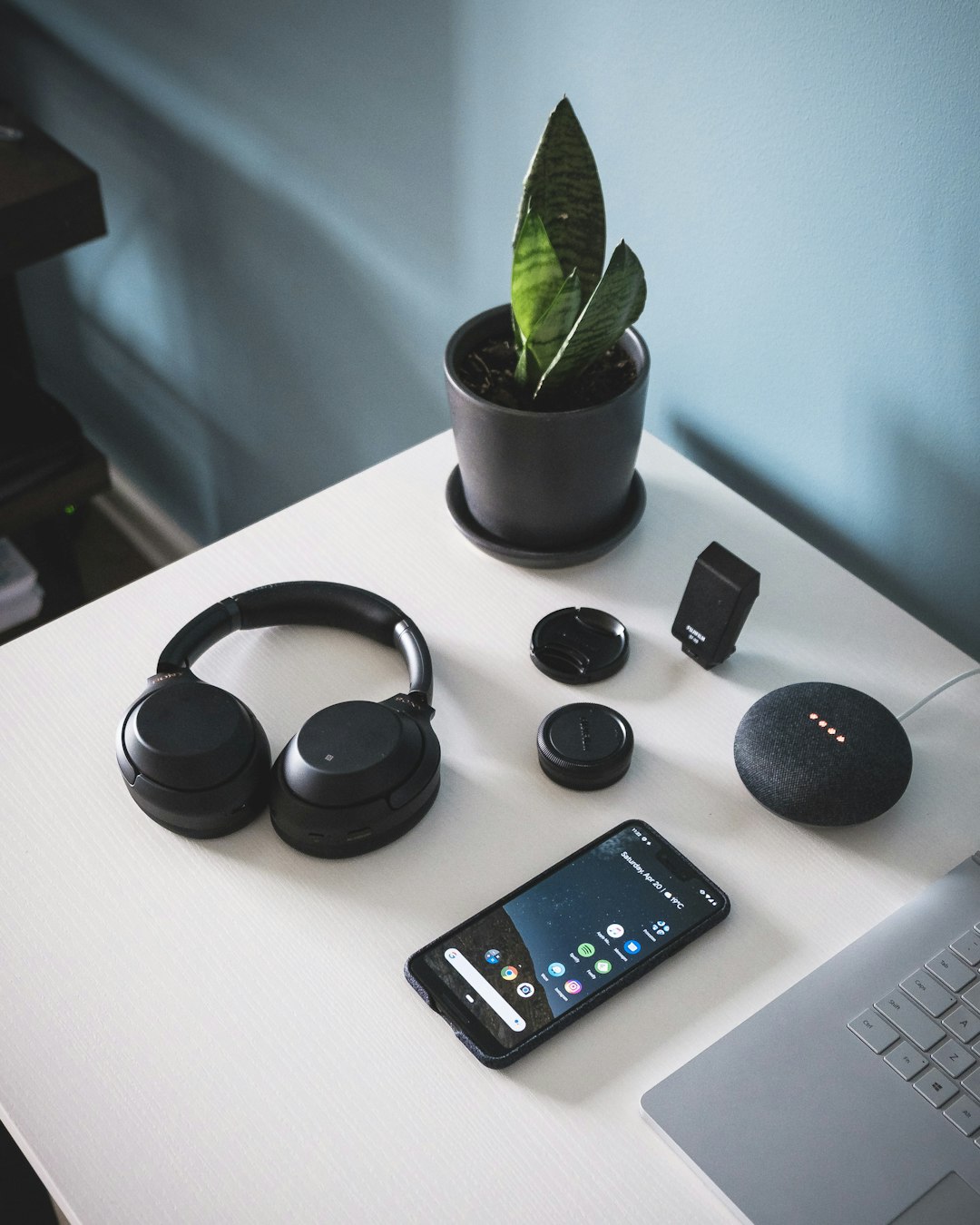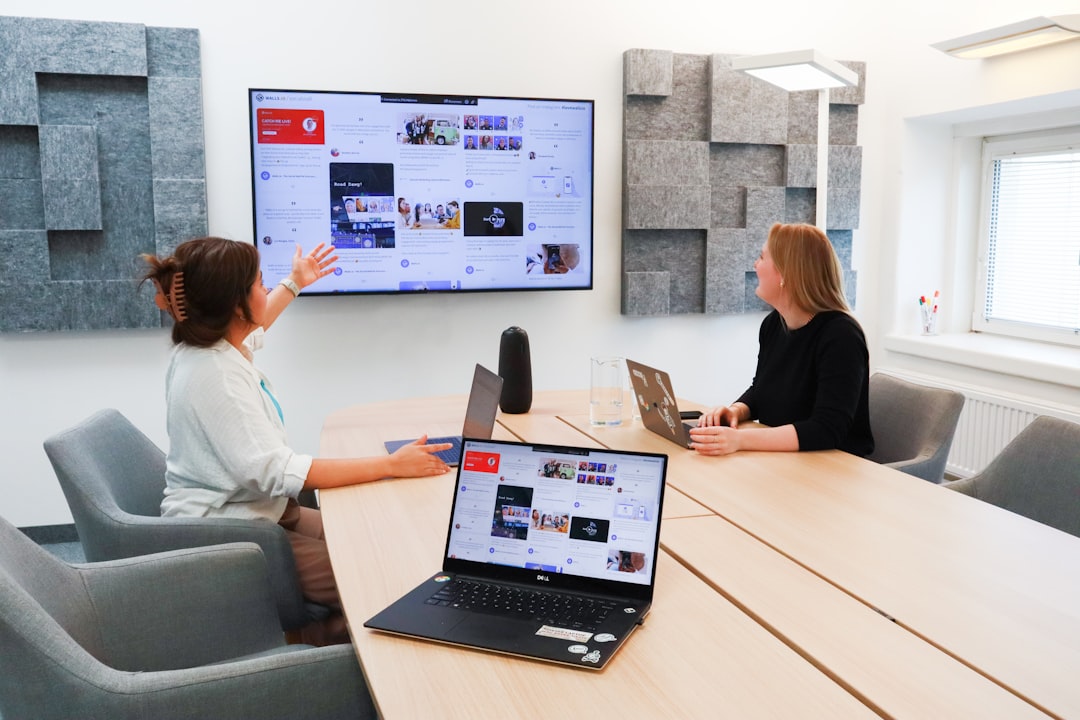As technology continues to evolve at an accelerated pace, audio technology is undergoing a major transformation. One of the most significant innovations in recent years has been the advent of cloud connected audio. By 2025, this new way of managing, delivering, and interacting with sound is reshaping how individuals and organizations use audio in both personal and professional settings.
Cloud connected audio refers to a system where audio devices communicate with cloud-based infrastructure to enhance capabilities, ensure seamless experiences, and provide analytics-driven insights. From smart speakers and conferencing systems to streaming apps and home theaters, cloud connectivity is offering new levels of intelligence, convenience, and scalability.
1. Seamless Integration Across Devices
One of the most compelling advantages of cloud connected audio is the ability to seamlessly integrate with other devices. Whether it’s smartphones, tablets, laptops, or smart home devices like thermostats and lighting, cloud audio systems synchronize with ease.
- Automatic device detection: Pairing becomes effortless as systems recognize each other instantly.
- Unified control: A single app or voice assistant manages multiple audio devices across locations.
- Cross-platform consistency: Audio preferences and settings persist no matter which device is used.
With ubiquitous connectivity and interoperability, tasks like initiating a conference call from a smartwatch or continuing a podcast from one room to another become intuitive.

2. Enhanced User Experience Through AI and Personalization
Cloud connected audio systems in 2025 are fueled by artificial intelligence (AI) which provides a personalized experience like never before. Advanced algorithms collect and process data in real time, allowing for fine-tuned improvements in how users consume sound.
- Voice recognition: Tailored experiences based on the recognized voice of each family or team member.
- Contextual recommendations: Music, news, or podcasts suggested based on time of day, activity, or past behavior.
- Adaptive sound quality: Automatic adjustments for room acoustics, noise levels, and user preferences.
This level of customization not only boosts satisfaction but also increases productivity and energy efficiency in sound management.
3. Real-Time Collaboration in Remote Work and Learning
The global shift toward remote work and virtual learning has made rich audio experiences more vital than ever. Cloud connected audio plays a pivotal role in making these interactions as natural and immersive as possible.
- Synchronized communication: Zero-latency audio ensures conversations flow without interruptions or lags.
- Cloud-based recording and transcripts: Meetings and lectures are captured and stored instantly for later review or sharing.
- Multi-device access: Audio feeds can be joined simultaneously from phones, laptops, or even smart glasses.
These features greatly elevate engagement, comprehension, and information retention across virtual environments.

4. Scalability and Easy Maintenance for Enterprises
For businesses, cloud audio systems in 2025 are not just smarter—they’re easier to scale, maintain, and update. Whether it’s deploying hundreds of smart speakers across global offices or managing digital signage audio in retail stores, scalability is baked in.
- Centralized control panels: IT administrators can monitor and manage systems from anywhere in the world.
- Instant deployment: Devices can be configured and updated in minutes, without the need for site visits.
- Usage analytics: Insights into user behavior allow for better planning and resource allocation.
This allows for more agile and cost-effective scaling, enabling organizations to tailor their audio configurations in real-time to meet evolving needs.
5. Improved Accessibility and Inclusivity
Accessibility features are now an essential part of modern technology, and cloud connected audio systems shine in this area. By integrating AI and machine learning, these systems are helping bridge the gap for individuals with hearing loss, language barriers, or other disabilities.
- Live captioning and translation: Instantaneous conversion of spoken content into text or different languages.
- Smart hearing aid integration: Personalized audio streams delivered directly to specialized devices.
- Custom alerts: Audio cues paired with visual signals for the hearing impaired.
This inclusive approach enhances engagement and opens doors for broader participation in conversations, education, and entertainment.
6. Data-Driven Insights and Predictive Maintenance
Thanks to the power of cloud analytics, businesses and users can now have granular insights into their audio ecosystems. Cloud connected audio allows detailed tracking, helping in optimization and maintenance.
- Performance monitoring: Continuous evaluation of sound quality and equipment health.
- Predictive alerts: AI detects issues before they happen, prompting timely maintenance.
- User engagement data: Usage frequency, listening patterns, and response times are logged for better understanding.
These insights reduce downtime and help provide superior user experiences, resulting in higher productivity and customer satisfaction.
7. Environmental Sustainability
Finally, cloud connected audio systems contribute to a greener planet. By centralizing operations and minimizing the need for physical media or on-site support, the environmental impact is significantly reduced.
- Reduced hardware redundancy: Cloud computing helps optimize the number and usage of devices.
- Energy-efficient streaming: Enhanced codecs and smart playback controls lower energy consumption.
- Remote diagnostics and updates: No need for technicians to travel, cutting down carbon emissions.
This alignment with sustainability goals makes cloud audio systems not just smart, but also socially responsible.
Conclusion
With capabilities that go far beyond traditional audio setups, cloud connected audio is poised to become a cornerstone of modern living and working in 2025. From personal entertainment to enterprise communication, the technology offers unmatched convenience, intelligence, and inclusivity.
As adoption increases and innovation continues, the world will continue to experience clearer, smarter, and more immersive audio—not just as a luxury but as a fundamental step toward interconnected living.
Frequently Asked Questions (FAQ)
-
Q: What is cloud connected audio?
A: It refers to audio systems that use cloud computing to manage, synchronize, and personalize sound across many devices in real time. -
Q: Can cloud audio work without an internet connection?
A: While local playback may still work, most cloud features like syncing, real-time updates, and analytics require an active internet connection. -
Q: Is cloud connected audio secure?
A: Yes, modern cloud audio platforms use end-to-end encryption, secure authentication, and data management policies to ensure privacy and protection. -
Q: Are there cost benefits to switching to cloud audio systems?
A: Absolutely. They lower maintenance costs, reduce hardware investments, and offer flexible subscription-based models that can scale with use. -
Q: What industries benefit most from cloud connected audio?
A: Education, enterprise communication, healthcare, customer service, and media streaming are all seeing major gains from adopting cloud audio technologies.